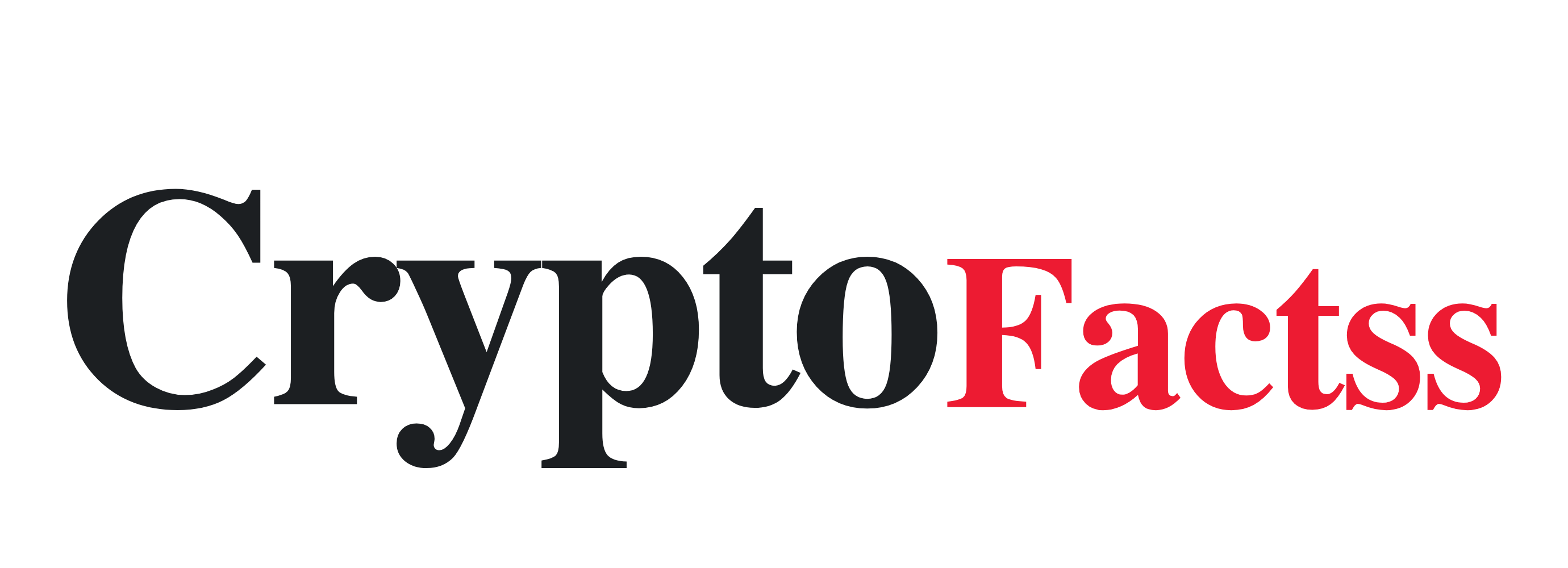

Blockchain is a shared, immutable ledger that helps the procedure of recording transactions and tracking assets in a commercial enterprise community.
An asset may be tangible (a residence, vehicle, cash, land) or intangible (highbrow belongings, patents, copyrights, branding). Virtually something of cost may be tracked and traded on a blockchain community, lowering risk and reducing costs for all worried.
Business runs on data. The quicker information is obtained and the extra accurate it is, the better. Blockchain is ideal for handing over that records as it affords immediate, shared, and observable facts that is stored on an immutable ledger that best permissioned network members can get admission to. A blockchain community can tune orders, bills, money owed, manufacturing and much more. And due to the fact individuals percentage a unmarried view of the truth, you can see all info of a transaction quit to stop, supplying you with extra confidence, and new efficiencies and possibilities.
Distributed ledger era
All network members have get entry to to the dispensed ledger and its immutable document of transactions. With this shared ledger, transactions are recorded only once, removing the duplication of effort that’s common of conventional enterprise networks.
Immutable information
No participant can alternate or tamper with a transaction after it’s been recorded to the shared ledger. If a transaction record consists of an blunders, a brand new transaction should be added to opposite the error, and both transactions are then seen.
Smart contracts
To velocity transactions, a fixed of guidelines which are called a smart settlement is saved at the blockchain and run mechanically. A clever settlement defines situations for company bond transfers, encompass phrases for journey coverage to be paid and lots more.
As each transaction happens, it is recorded as a “block” of information
Those transactions display the motion of an asset that may be tangible (a product) or intangible (highbrow). The information block can file the statistics of your choice: who, what, when, wherein, how a whole lot. It can even document the circumstance, along with the temperature of a meals shipment.
Each block is connected to those before and after it
These blocks shape a series of facts as an asset actions from location to location or possession changes palms. The blocks confirm the exact time and collection of transactions, and the blocks link securely collectively to prevent any block from being altered or a block being inserted among present blocks.
Transactions are blocked collectively in an irreversible chain: a blockchain
Each additional block strengthens the verification of the previous block and for this reason the entire blockchain. Rendering the blockchain tamper-obtrusive, delivering the important thing electricity of immutability. Removing the possibility of tampering by way of a malicious actor, and builds a ledger of transactions you and different community individuals can agree with.
What desires to change
Operations often waste attempt on replica document preserving and 0.33-birthday celebration validations. Record-maintaining systems can be susceptible to fraud and cyberattacks. Limited transparency can gradual facts verification. And with the arrival of IoT, transaction volumes have exploded. All of this slows enterprise, drains the lowest line, and means that we need a better manner. Enter blockchain.
Greater consider
With blockchain, as a member of a contributors-handiest network, you can rest assured that you are receiving accurate and timely information. And that your personal blockchain information are shared most effective with network members to whom you granted get entry to.
Greater protection
Consensus on facts accuracy is required from all community members, and all verified transactions are immutable because they may be recorded permanently. No one, no longer even a machine administrator, can delete a transaction.
More efficiencies
With a disbursed ledger this is shared amongst members of a network, time-losing file reconciliations are removed. And to hurry transactions, a fixed of policies which can be referred to as a clever contract may be stored at the blockchain and run routinely.
Public blockchain networks
A public blockchain is one which all and sundry can be a part of and participate in, inclusive of Bitcoin. Drawbacks would possibly encompass the tremendous computational power that is required, little or no privateness for transactions, and vulnerable safety. These are essential concerns for organization use cases of blockchain.
Private blockchain networks
A personal blockchain network, similar to a public blockchain network, is a decentralized peer-to-peer community. However, one organisation governs the network, controlling who's allowed to take part, run a consensus protocol and preserve the shared ledger. Depending at the use case, this will notably increase believe and confidence between members. A personal blockchain can be run behind a corporate firewall and even be hosted on premises.
Permissioned blockchain networks
Businesses who installation a non-public blockchain will normally installation a permissioned blockchain community. It is crucial to be aware that public blockchain networks also can be permissioned. This locations restrictions on who is allowed to take part inside the network and in what transactions. Participants need to gain an invitation or permission to enroll in.
Consortium blockchains
Multiple organizations can percentage the responsibilities of keeping a blockchain. These preselected organizations determine who publish transactions or get entry to the records. A consortium blockchain is right for enterprise while all contributors need to be permissioned and feature a shared duty for the blockchain.